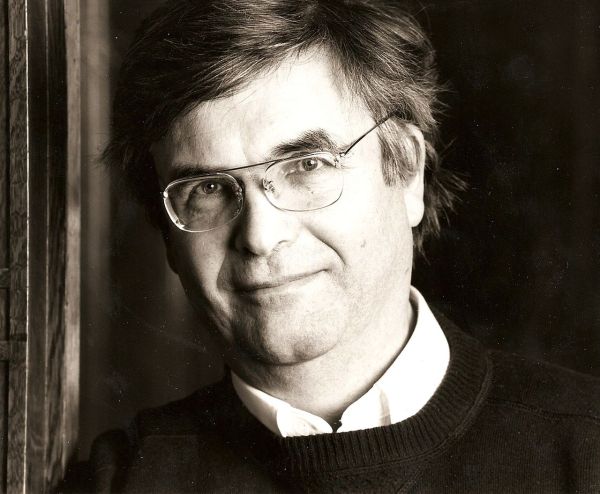An article in Intersections, vol. 37, no. 2 Gilles Tremblay, considered one of the forefathers of contemporary music in Quebec, is primarily known for a focus on rhythm, sonority, and aleatoric processes. This article explores another unexplored aspect of Tremblay’s composition: motivic development through developing variation. Beginning with a discussion of the historical antecedents of this style... Continue Reading →
Clermont Pépin’s Toccate no. 3, a work for piano composed in 1961, features extensive repetition and sequencing through the development of smaller atonal intervallic motives. Measures 18–23, in particular, manifest several elements that return repeatedly in the course of the work, and consequently a space defined by the objects and transformations characteristic of this passage can... Continue Reading →
An Interactive Trichord Space Based on Measures 18–23 of Clermont Pépin’s Toccate no. 3
Jacques Hétu’s Style Composite
A study of Jacques Hétu's compositional style, including his use of Messiaen's Modes of Limited Transposition. Published in Perspectives of New Music, vol. 51, no. 1 (accessible through JSTOR; see your local library).
This course, offered in alternating years, examines Canadian Music since 1930 from the perspective of music creation, promotion, and performance.
Issues discussed include politics, propaganda, settler/indigenous interactions, musical style, and art music versus popular culture. Visit our course website to see what kinds of work our students are creating.

